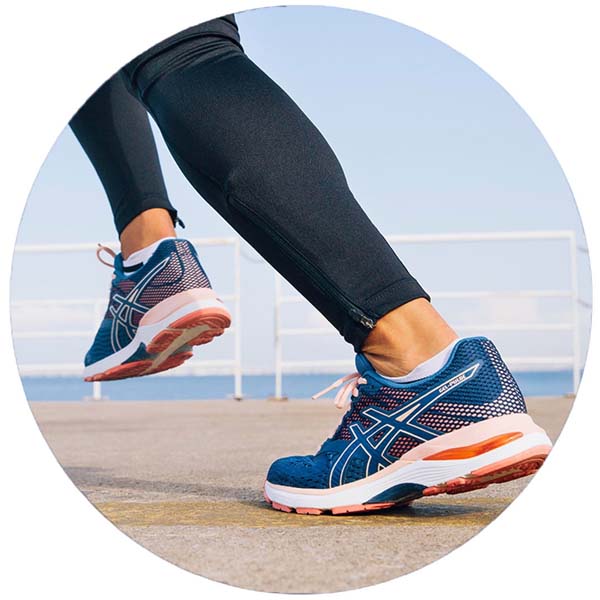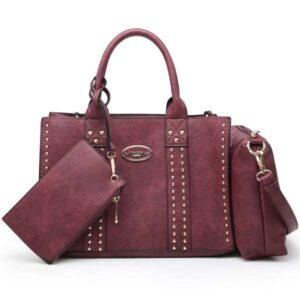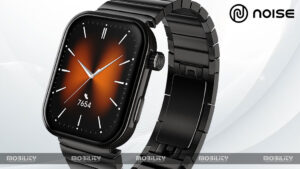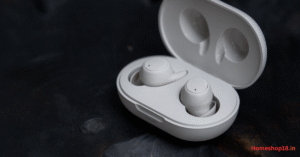Selecting the right pair of running shoes is crucial for every runner, whether you’re a seasoned marathoner or just starting on your fitness journey. The perfect running shoes provide support, comfort, and enhance your performance while minimizing the risk of injuries. In this comprehensive guide, we will explore the key factors to consider when choosing running shoes, ensuring you find the perfect fit for your unique needs.
1. Understand Your Foot Type:
Before diving into the vast array of running shoes, it’s essential to understand your foot type. There are three basic foot types – neutral, overpronation, and supination. Visit a specialty running store or utilize online tools to determine your foot type, as this will guide your choice of shoes.
2. Know Your Pronation:
Pronation refers to the natural inward rolling of the foot while running or walking. Understanding your pronation type (neutral, overpronation, or supination) helps in selecting shoes with the right support and cushioning. Pronation assessments can be done by professionals or using at-home methods to analyze wear patterns on old shoes.
3. Consider Your Running Surface:
The surface you predominantly run on plays a significant role in the type of shoes you need. Different shoes are designed for road running, trail running, or a combination of both. Choose shoes with the appropriate outsole and traction based on the surfaces you frequent to ensure optimal performance.
4. Determine Your Arch Type:
Identifying your arch type (high, normal, or low) is crucial for selecting shoes that provide the right arch support. Many running shoes come with specific features designed for each arch type, enhancing comfort and reducing the risk of injuries.
5. Get Properly Sized:
Ensure your running shoes fit correctly by getting professionally measured. Your feet can change size over time, and each brand may have variations in sizing. Aim for a thumb’s width of space between your longest toe and the shoe’s end to prevent discomfort and potential toenail issues.
6. Consider Shoe Weight:
The weight of your running shoes can impact your overall performance. Lightweight shoes are suitable for speed and racing, while slightly heavier shoes may provide more cushioning for longer distances. Consider your running goals and preferences when deciding on the weight of your shoes.
7. Assess Cushioning and Support:
The level of cushioning and support your running shoes offer is crucial, especially for those with specific foot conditions or pronation issues. Cushioning helps absorb impact, while support ensures proper alignment. Strike a balance based on your individual needs and the type of running you do.
8. Examine the Midsole Material:
The midsole of a running shoe is where the cushioning and support primarily reside. Different materials, such as EVA foam or proprietary technologies like Nike’s React or Adidas’ Boost, offer varying levels of responsiveness and durability. Consider your preferences and intended use when evaluating midsole options.
9. Breathability and Comfort:
Opt for running shoes with breathable materials to keep your feet cool and comfortable during long runs. Mesh uppers are popular for their breathability, and seamless designs can minimize the risk of irritation and blisters.
10. Trial Runs and Gait Analysis:
Many specialty running stores offer gait analysis services to assess your running mechanics. Additionally, take advantage of trial runs when purchasing shoes. Test them on a treadmill or in-store running area to ensure they feel comfortable and supportive in action.
11. Consider Injury History:
Reflect on any past injuries or discomfort during running. If you’ve experienced specific issues, such as shin splints or plantar fasciitis, choose shoes with features designed to address or prevent those problems. Consult with a healthcare professional or podiatrist for personalized recommendations.
12. Budget Considerations:
Running shoes are an investment in your health and performance. While it’s essential to set a budget, prioritize quality and functionality over price. High-quality running shoes offer better durability, support, and performance, ultimately saving you money in the long run.
13. Stay Informed on Shoe Technology:
Running shoe technology evolves continuously. Stay informed about the latest advancements, as new features may enhance your running experience. Whether it’s improved cushioning, energy return, or stability features, staying updated ensures you make informed choices.
14. Replace Shoes Regularly:
Running shoes have a lifespan, typically ranging from 300 to 500 miles, depending on factors like body weight and running style. Pay attention to wear and tear, and replace your shoes promptly to maintain optimal support and cushioning.
15. Listen to Your Body:
Ultimately, your body knows best. Pay attention to how your feet, knees, and joints feel during and after runs. If you experience persistent discomfort or pain, reassess your shoe choice and consult with professionals if needed.
Choosing the perfect running shoes involves a thoughtful consideration of various factors, from foot type and pronation to cushioning and support. By understanding your unique needs and preferences, staying informed on the latest technologies, and prioritizing proper sizing and fit, you can find the ideal pair of running shoes that not only enhances your performance but also reduces the risk of injuries. Remember, the perfect running shoes are the ones that align with your individual running style and contribute to a comfortable, enjoyable, and injury-free running experience.





